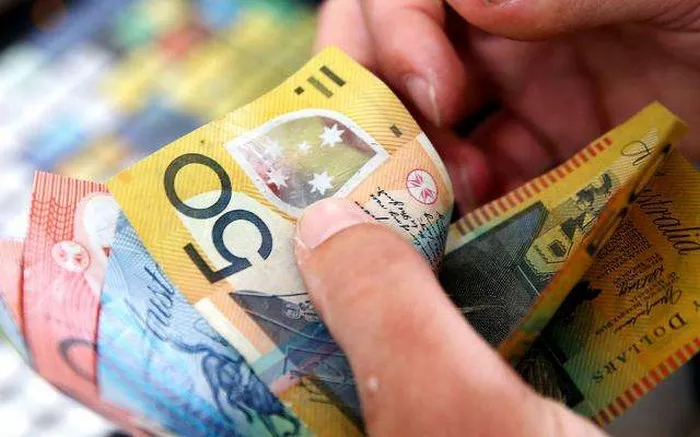During the Asian trading session on Tuesday, AUD/JPY was trading around 102.20. The Australian dollar (AUD) faces challenges after the Reserve Bank of Australia decided to hold interest rates steady at 4.35% at its meeting on Tuesday, as expected. The decision was likely influenced by last week’s stronger-than-expected Australian inflation data.
Inflation fell in Australia in the first quarter, beating initial forecasts but marking the fifth consecutive quarter of decline. Additionally, the country’s monthly CPI measure surged in March, contrary to market expectations of stagnation.
Analysts at Commonwealth Bank and Westpac predict the RBA rate could peak at 4.35% in November 2023 before gradually reducing to 3.10% by December 2025.
At the same time, risk sentiment persists, putting pressure on safe-haven currencies such as the yen. Japan’s top monetary diplomat, Masato Kanda, earlier on Tuesday hinted at possible measures to counter excessive market volatility.
The Japanese yen (JPY) appreciated last week amid speculation of government intervention by Japanese authorities. Reuters reported that data from the Bank of Japan (BoJ) showed that Japanese authorities may allocate approximately 6.0 trillion yen and 3.66 trillion yen on April 29 and May 1 respectively to support the yen.


